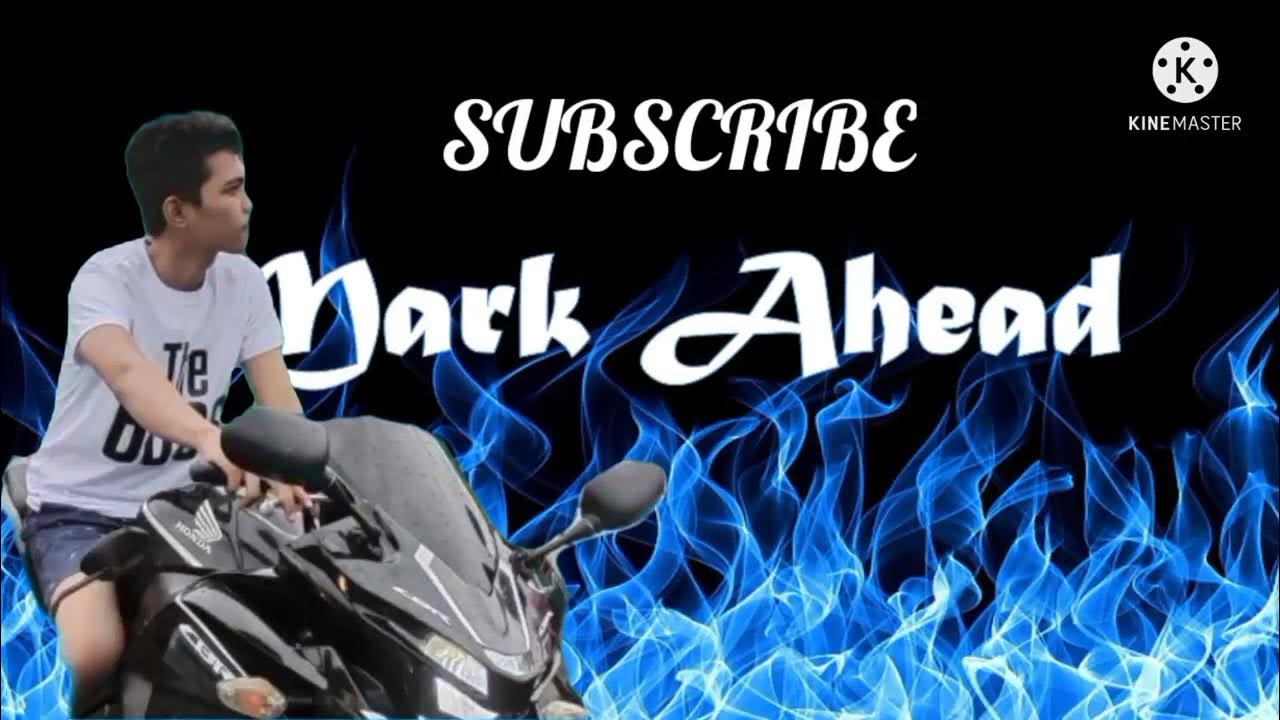seni musik Kontemporer kelas XII
Summary
TLDRThis video lesson introduces students to contemporary music, explaining its concept and characteristics. Contemporary music is defined as a modern form of art that breaks away from traditional rules, incorporating new elements and innovative ideas. The teacher highlights how unconventional objects like cans and pans can be used to create unique sounds. Key features of contemporary music include diverse tones, unique notations, and varied tempos and dynamics. The lesson also touches on techniques blending Western and traditional styles to create fresh interpretations of existing music forms.
Takeaways
- 🎶 Contemporary music is a new form of art, although it may not always represent something completely new, but it is created with innovative elements.
- 🎨 Contemporary art, including music, often breaks away from traditional forms and rules, emphasizing originality and creativity.
- 🥁 Contemporary music involves playing instruments that aren't commonly used, like drums made from cans, buckets, and pans, yet it produces high-quality sound.
- 🎼 Contemporary music changes the grammatical structure and idioms of music, introducing new arrangements, harmonies, and notations.
- 🎵 The notation in contemporary music is sometimes only understandable by the musician due to its unique symbols and tones.
- 🔊 Contemporary music features a variety of tonal colors, pitches, and intonations, creating diverse soundscapes.
- 🎚️ The scales used in contemporary music vary, and the rhythm (time signature) is often unconventional, with dynamic and varying tempos.
- 🎻 Various techniques are used to create contemporary music, including traditional Western idioms and grammar techniques.
- 🎹 An example is the translation of Javanese gamelan sounds into piano music, showcasing the blend of traditional and modern techniques.
- 🎸 Contemporary music may involve altering the function of each instrument to produce new sounds, such as plucking a harp with fingers or scratching it with nails.
Q & A
What is the primary focus of the lesson in the transcript?
-The lesson focuses on contemporary music, specifically understanding its concepts, characteristics, and techniques.
How is contemporary music defined in the transcript?
-Contemporary music is defined as a new form of art that uses innovative elements, but it doesn’t always represent something entirely new. It is often imitative, expressive, and can be realistic or abstract, with a tendency to break away from traditional forms.
What are some unconventional instruments mentioned for contemporary music?
-Instruments such as cans, drums, buckets, and pans are mentioned as unconventional tools used to create sounds in contemporary music.
What is a key feature of the musical structure in contemporary music?
-A key feature of contemporary music is the alteration of grammatical rules and musical idioms, leading to new structures and harmonies.
How are the sounds and notes captured in contemporary music, as explained in the transcript?
-The sounds and notes in contemporary music are captured through auditory notation, which is based on what the composer hears, rather than strictly following traditional musical notation.
What is the role of tonality in contemporary music according to the transcript?
-Tonality in contemporary music can sometimes only be understood by the musician themselves, as the notation might be written with symbols or unique tones.
What types of variations are found in contemporary music?
-Contemporary music often features a wide range of intonations, sound sources, musical scales, irregular time signatures, and varied dynamics and tempos.
Can you explain the concept of 'full color of sound' in contemporary music?
-The 'full color of sound' refers to the diversity of sound types or qualities used in contemporary music, emphasizing a broad range of sonic textures and expressions.
What is the 'Western idiom technique' in contemporary music?
-The Western idiom technique involves applying Western musical principles, even to traditional music forms. For example, translating Javanese gamelan music into piano music.
How does contemporary music modify traditional instruments?
-Instruments in contemporary music are often used in innovative ways, such as plucking a harp or strumming it with fingernails, changing the instrument's traditional function to create new sounds.
Outlines

Esta sección está disponible solo para usuarios con suscripción. Por favor, mejora tu plan para acceder a esta parte.
Mejorar ahoraMindmap

Esta sección está disponible solo para usuarios con suscripción. Por favor, mejora tu plan para acceder a esta parte.
Mejorar ahoraKeywords

Esta sección está disponible solo para usuarios con suscripción. Por favor, mejora tu plan para acceder a esta parte.
Mejorar ahoraHighlights

Esta sección está disponible solo para usuarios con suscripción. Por favor, mejora tu plan para acceder a esta parte.
Mejorar ahoraTranscripts

Esta sección está disponible solo para usuarios con suscripción. Por favor, mejora tu plan para acceder a esta parte.
Mejorar ahoraVer Más Videos Relacionados
5.0 / 5 (0 votes)






